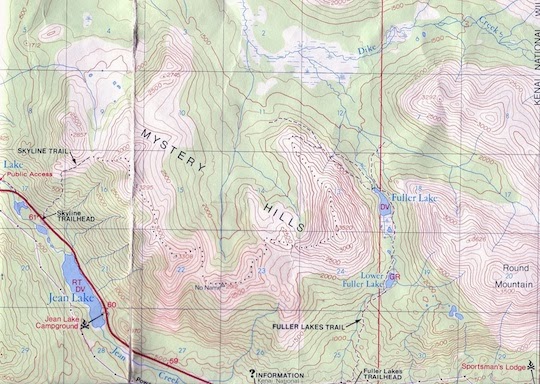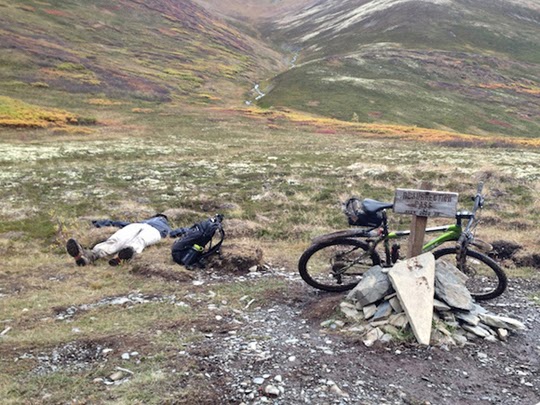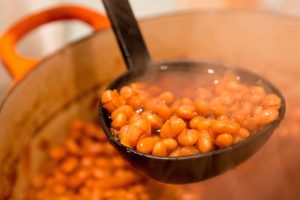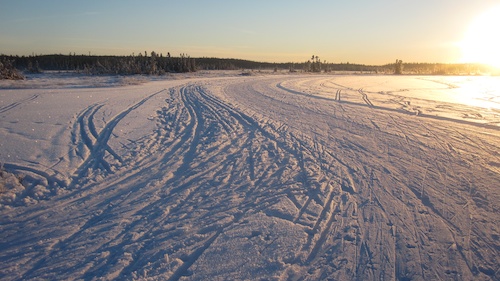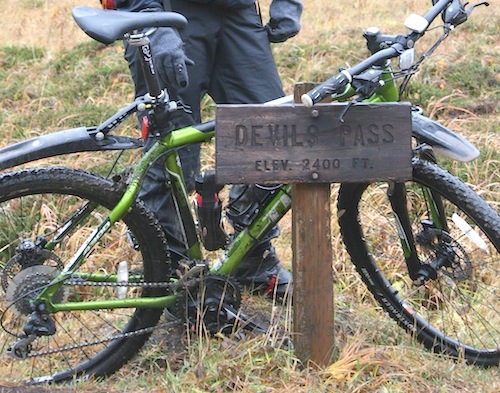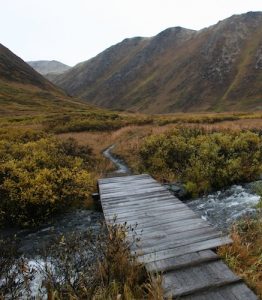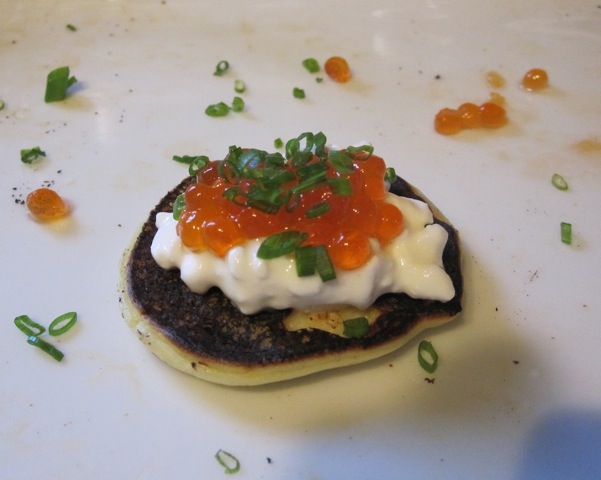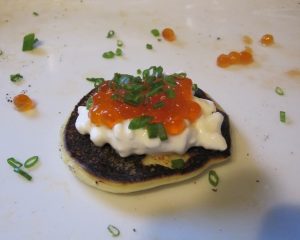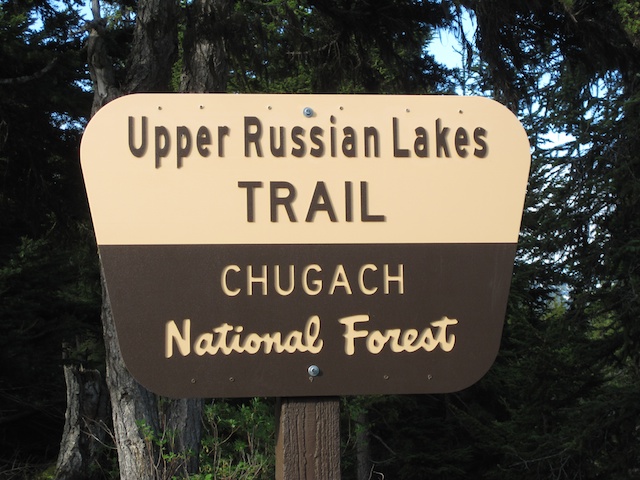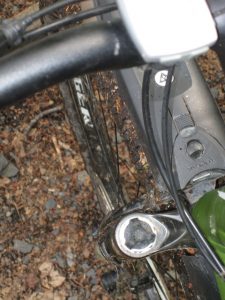Trick or Treat: What’s Behind Cairn #2?
I recently backpacked this with the kids for two nights, although you could hike it in a long day — probably at least 9 hours. It’s a great hike, and there are several hiking books that will fill you in on the details, so I won’t bore you with them. You can run it from either end: Skyline trail or the Fuller Lakes side; it’s a well marked trail, pretty strenuous, no water in the middle ridge walk except for snow, etc. Pretty normal trail.
Except for one thing.
If you hike this from the Skyline side, as you work down from the final ridge to Fuller lake — it’s more likely than not that you will lose the trail entirely. Which can lead to bad things.
Both pictures below have you looking at Fuller Lake and the final ridge of the hike, roughly looking from the north down to the southeast. The purple line is the main trail that leads off the ridge, and while the books mention in passing that it might not be easy to find, they are not joking. The trail is pretty much invisible as it leaves the ridge, and everyone I’ve talked to here — native Alaskans who do this sort of thing all the time — all of them have missed the trail at least once, and had to bushwhack through dense, dense, marshy undergrowth for hours before finding the trail again. I include myself — it turned into something of an existential crisis for the kids, and added three hours to the hike. Not fun.
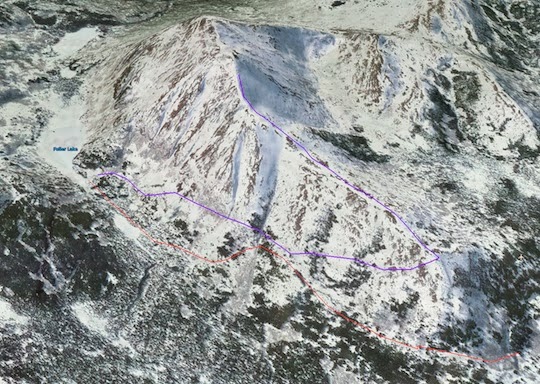 |
|
The Culprit
|
So bring your map and compass, GPS, and a lunch. Don’t underestimate this part of the hike. (One technique is to cut down off the ridge very early, and run into the trail by default. I’ll go with the compass and GPS next time.)
There are, however, a series of cairns along the ridge as you walk down it toward the north, probably showing several ways to cut down early or actually indicating the trail. I counted three: two small and one rather larger. There is also, much farther down the ridge, an arc of large stones (about three feet long) set into the ground. I’m assuming this arc was meant point to the hairpin turn off the ridge, but will have to test my hypothesis next time. Also, if that arc of stones isn’t it, I’d imagine one of the cairns earlier in the trail is the way down — again, something to explore the next time out.
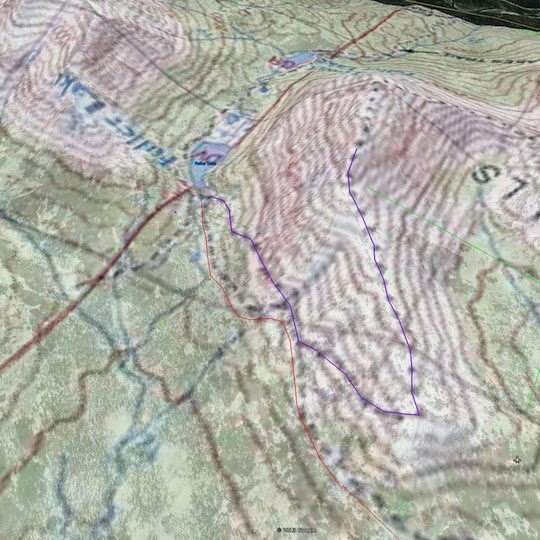 |
|
The Culprit, Profile View
|
Be careful.

